Children often experience various rashes or skin conditions during their development. While most are benign and resolve with simple care, understanding these conditions and their treatments can help parents manage symptoms effectively. Below are common rashes or skin concerns and holistic approaches to manage them.
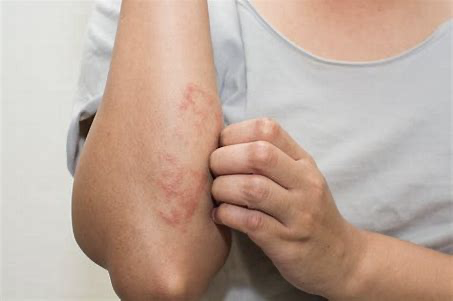
Eczema
Eczema, or atopic dermatitis, appears as dry, red, and itchy rashes commonly seen on the face, neck, scalp, arms, and legs in babies. In older children, it typically occurs in areas where the skin folds, such as the inside of elbows or behind the knees.
Acne
Acne typically occurs between the ages of 12 and 25 and can be distressing for children and teens.
How to Manage Acne:
- Avoid harsh cleansers and do not pick or squeeze blemishes, as this can worsen inflammation or cause scarring.
- Focus on a diet low in sugar and saturated fats, with an emphasis on low glycemic index foods, vegetables, fruits, whole grains, and high-quality proteins.
- Use a gentle, fragrance-free, dye-free facial cleanser.
- Apply tea tree oil to affected areas as part of a daily skincare routine.
- See us at Heart & Soul Integrative Health for additional solutions if it doesn’t resolve within a few weeks.
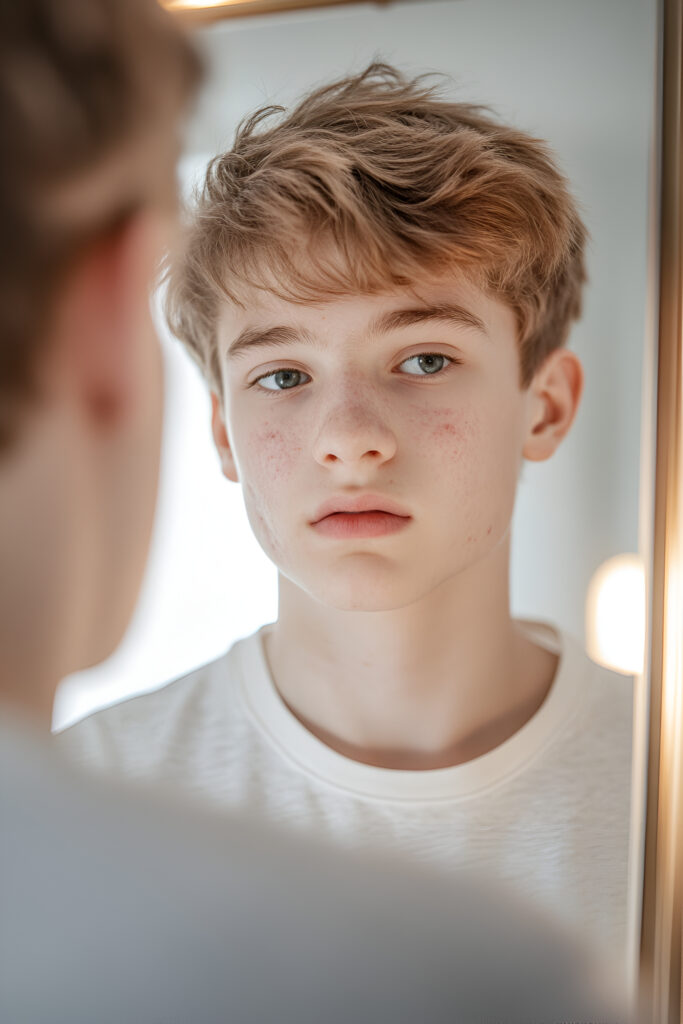
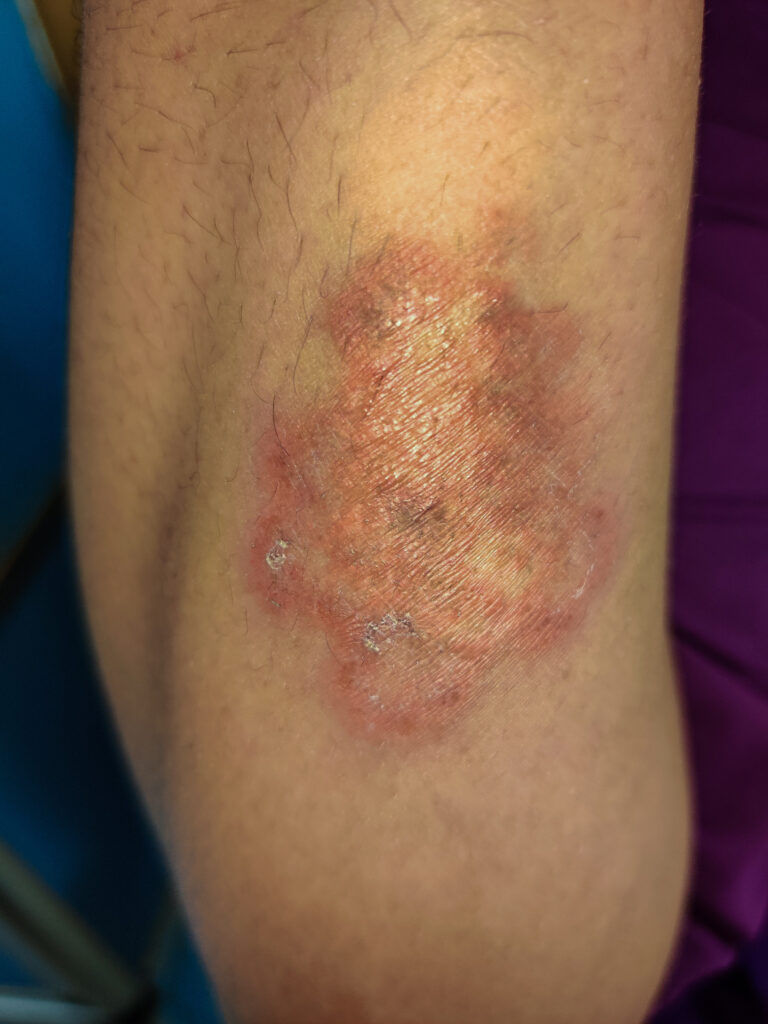
Ringworm
Ringworm is a fungal rash that appears as a dry, red, ring-shaped lesion with a clear center. It can occur anywhere on the body and is highly contagious.
How to Manage Ringworm:
If symptoms persist or the condition becomes chronic, consult your provider at Heart & Soul Integrative Health for oral antifungal treatment.
Keep the affected area covered and avoid contact with others to prevent spread.
Do not allow children to share bathwater while the infection is active.
Use over-the-counter topical antifungal creams such as clotrimazole or sulfur cream.
Viral Rash
Viral rashes are common in children who have cold symptoms or have recently had a fever. They are usually pink, either raised or flat, and do not cause itching or discomfort.
How to Manage Viral Rashes:
- No specific treatment is needed, as these rashes typically resolve on their own once the underlying illness improves.
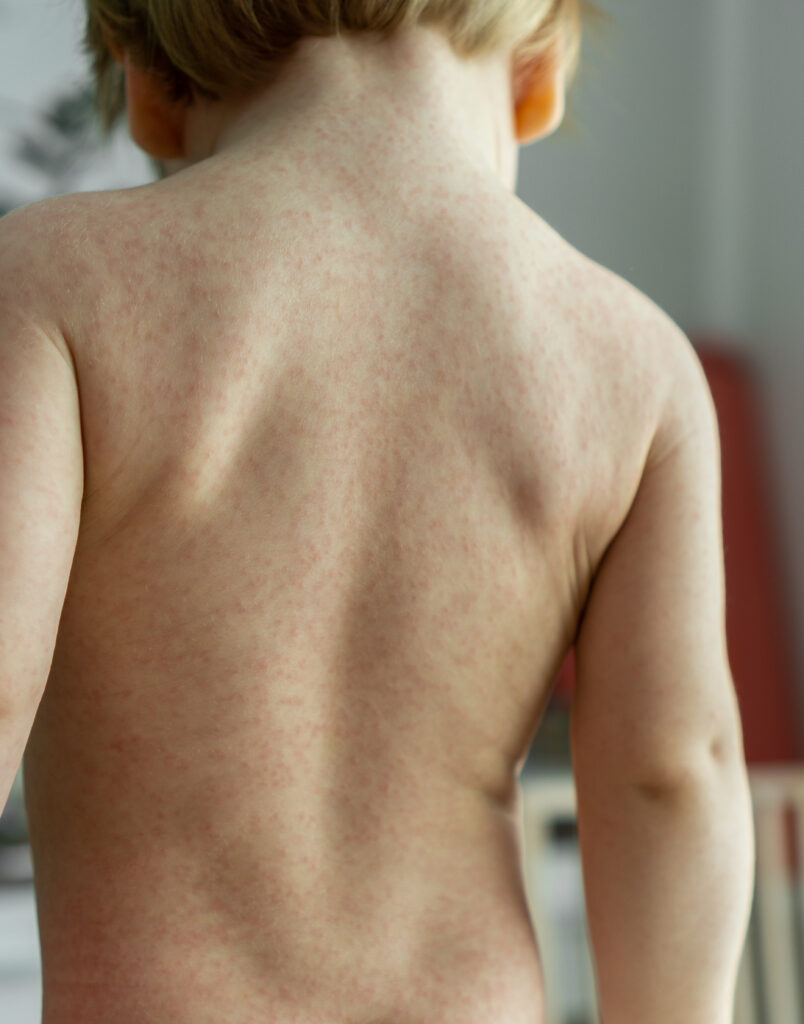
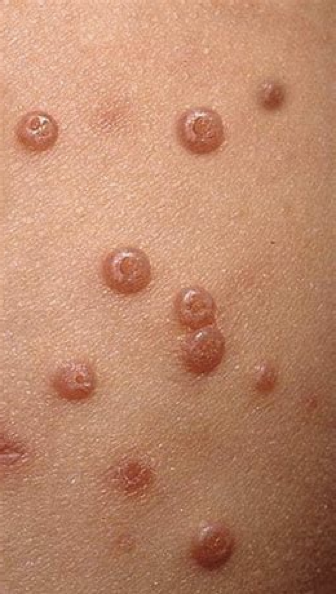
Molluscum Contagiosum
Molluscum is a viral rash that appears as raised, flesh-colored or pink bumps with a small dimple in the center. It is contagious and often spreads among children.
How to Manage Molluscum:
- Avoid contact with others’ skin and avoid bathing siblings together.
- While molluscum often resolves on its own after several months, remedies to alleviate symptoms include:
- Hydrogen Peroxide: Apply with a cotton ball to affected skin 3–4 times daily.
- Clove Oil: Dab onto bumps 3–4 times daily.
- Oatmeal: Use oatmeal baths or apply as a paste to reduce inflammation for 10–15 minutes.
- Neem (Indian Lilac): Create a paste from neem leaves, let it dry naturally, and rinse gently.
Diaper Rash
Diaper rash is common in babies and results from prolonged exposure to damp environments.
How to Manage Diaper Rash:
- Minimize the time the skin is in contact with wet diapers. Allow the baby’s skin to “air out” intermittently throughout the day.
- Apply soothing ointments like tallow, coconut oil, or calendula, which can calm irritated skin and promote healing.
When to Seek Medical Attention for Rashes
While most rashes are benign, certain signs indicate a need for urgent medical care:
- A dark red or purple rash that does not blanch (lighten) when pressed.
- Pus, spreading redness, or red streaking that suggests infection.
- Accompanying fever, irritability, or symptoms other than a viral rash.
- Hives with mouth or throat discomfort, or difficulty breathing.
Supporting Your Child’s Skin Holistically
At Heart & Soul Integrative Health, we understand that your child’s skin health is more than skin deep—it’s about their comfort, confidence, and overall well-being. Our holistic approach goes beyond treating symptoms to address the root causes of common skin concerns, using natural remedies, personalized care plans, and guidance on when medical intervention is necessary.
Whether it’s soothing eczema with gentle, nourishing solutions, managing acne with a balanced diet and skincare routine, or tackling conditions like ringworm and molluscum with safe, effective treatments, we’re here to empower you with tools and knowledge tailored to your family’s needs.
Let us be your trusted partner in navigating your child’s skin health journey, blending compassion with evidence-based care to help them thrive.
Ready to Take the Next Step?
Schedule a consultation with our caring team to learn more about
holistic approaches to managing your child’s skin health.
FAQs: Common Childhood Skin Concerns
To manage eczema effectively:
Avoid over-bathing, hot water, and harsh soaps. Use gentle, dye-free, and fragrance-free products.
Keep the skin moisturized with ointments like Atopiclair, coconut oil, or sunflower oil.
Incorporate supplements like vitamin D, probiotics, and Omega-3 fatty acids into your child’s diet.
Avoid known allergens and extreme temperatures. Limited exposure to sunlight can also help reduce symptoms.
Yes, diet plays a significant role in managing acne. Avoid sugary foods, dairy products, and excess saturated fats. Focus on a diet rich in low glycemic index foods, vegetables, fruits, whole grains, and high-quality proteins. This approach helps minimize acne flare-ups and promotes healthy skin.
Ringworm appears as a red, ring-shaped rash with a clear center and dry edges. It can occur anywhere on the body and is highly contagious. If you suspect ringworm, avoid contact with others and treat with over-the-counter antifungal creams like clotrimazole.
Viral rashes are typically pink and can be flat or raised. They often accompany cold symptoms or a recent fever but usually do not cause itching or discomfort. No specific treatment is needed as they resolve on their own.
Molluscum often resolves on its own over several months, but symptoms can be managed with:
Hydrogen Peroxide: Apply to affected areas 3–4 times daily.
Clove Oil: Dab onto bumps 3–4 times daily.
Oatmeal: Use in baths or as a paste to reduce inflammation.
Neem Paste: Apply daily and allow it to dry naturally.
To manage diaper rash:
Minimize the time the baby’s skin is in contact with a wet diaper. Allow the skin to air out intermittently.
Apply soothing ointments like coconut oil, tallow, or calendula to calm irritation and promote healing.
You should consult a healthcare provider if:
The rash is dark red or purple and does not blanch when pressed.
There is pus, spreading redness, or red streaking, which may indicate an infection.
The child has a fever, irritability, or symptoms that suggest something more serious than a viral rash.
Hives are accompanied by discomfort in the mouth, throat, or difficulty breathing.
Yes, natural remedies like coconut oil, oatmeal, and neem are generally safe when used as directed. However, consult a healthcare provider if symptoms worsen or persist, as some conditions may require medical treatment.
Heart & Soul Integrative Health provides holistic pediatric care in Marble Falls and Burnet, serving families from across the Texas Hill Country, including Johnson City, Blanco, Kingsland, Llano, Spicewood, Lakeway, Bee Cave, and Austin. Telehealth appointments are available for some concerns. Our integrative approach combines conventional medicine with evidence-based therapies to support your child’s health and well-being.



